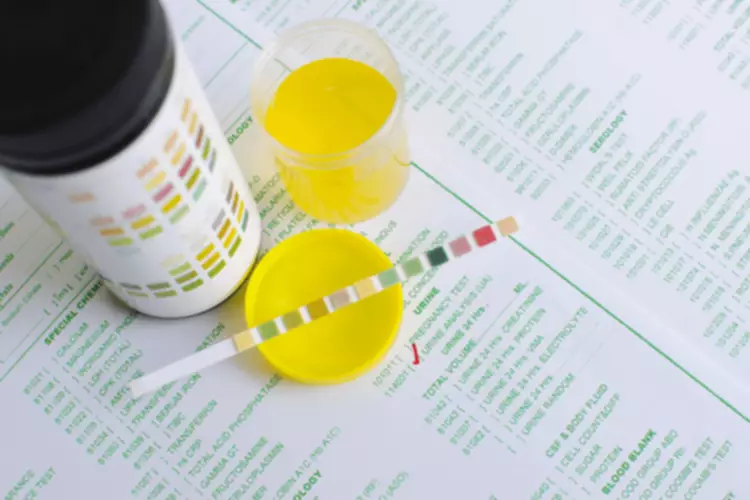Sober Living Homes vs Halfway Houses: What’s The Difference? Sober Living In Los Angeles
Dr. Hoffman has successfully treated hundreds of patients battling addiction. Dr. Hoffman is the Co-Founder and Chief Medical Officer of AddictionHelp.com and ensures the website’s medical content and messaging quality. Continue reading to learn more about these recovery programs, how they’re similar and how they’re different, and where you can find help for you or a loved one. You never know who you’ll be living with and how your personalities will mix. No one can be discriminated against in accordance with their national origin, religion, gender, family status, or disability if they are actively seeking out recovery housing. John C. Umhau, MD, MPH, CPE is board-certified in addiction medicine and preventative medicine.
Differences Between Sober Living Homes and Halfway Houses
Self-help (e.g., 12-step) meetings and outside recovery support services are encouraged or required. Weekly house meetings are a standard component, where chores and overall house functioning are processed within the community. While sober living homes and halfway houses are similar in the purpose they serve, they do have several differences. For starters, halfway homes are often designated for people who are coming out of incarceration and who underwent a drug treatment program during their incarceration.
The Need for Supportive Housing
Not all sober living homes are equal, so finding a place that an acquaintance has recommended could be helpful. Most residents of these homes have recently completed an inpatient or outpatient treatment program. Read on to learn about what a sober living house is, the history of sober living homes, types, who should go to one, and how you can find a sober living house. Some houses are so strict What difference between a sober house and a halfway house? that they even ban people from using certain mouthwashes because they contain alcohol. Besides, most houses require residents to attend a 12-step program like Alcoholics Anonymous and agree to random alcohol screening tests. Design for Change is a full-service addiction recovery center in Lancaster, California that offers tiered levels of treatment for drug addiction and alcoholism.
What’s the Difference between Sober Living and Halfway Houses?
Eight Moms, One House, and a Road Map Out of Drug Addiction – Willamette Week
Eight Moms, One House, and a Road Map Out of Drug Addiction.
Posted: Wed, 27 Sep 2023 07:00:00 GMT [source]
Still, the terms “sober living home” and “halfway house” are sometimes used interchangeably, depending on the area where you live. If a treatment center owns a sober living home, the treatment center may hire staff in the home, but this is rarely a clinical staff member. Instead, this staff monitors compliance with rules and may transport residents to treatment, work, or the grocery store. Halfway houses are dorm-style living spaces owned by a government or private agency.
- Many halfway houses also make attending Alcoholics Anonymous (AA) or other 12-step meetings mandatory.
- Our team at FHE Health can help you or your loved one to obtain that care.
These are generally intended for people who have completed a rehabilitation program and are transitioning to an autonomous lifestyle. A halfway house also called a “sober living house” in some states, is a transitional housing facility for drug and alcohol addicts. People are placed in halfway houses as a result of court orders in some situations.
What are sober living house rules?
- You do not necessarily have to start with an addiction treatment program before you join any sober living house.
- Through NARR, recovery residences are now categorized under different levels based on the type as well as the duration and intensity of support that they offer.
- Income and healthcare benefits, community services, job opportunities, and other resources are examples of these resources.
Halfway homes and sober houses have high retention rates, and the individuals who commit to 90 days or more are much more likely to remain sober both at the halfway house and for months afterward. Halfway homes are managed by licensed drug counselors, therapists, and similar healthcare personnel. Daily life is structured around group therapy or individual counseling sessions, support groups, and other aftercare programs. Outpatient substance abuse treatment comes in a few different tiers, and some individuals attending outpatient treatment may also seek some form of recovery housing, such as a sober home. We know that sober living is the basis of lifelong recovery, and our team at Riviera Recovery is here to support you each step of the way.

Every halfway house will have its own unique rules, but these rules are relatively common among halfway homes. Residents can leave to attend work, family obligations, religious observation, 12-step meetings, etc. Residents can expect random drug testing or alcohol screening to show that they are still sober. Halfway houses have a maximum residency of 12 months, which is different from the time limit for sober homes. Instead, they serve as a safe, drug-free environment where recovering addicts can continue to work on their early sobriety. Selecting the right option for yourself or a loved one will come down to the specific treatment options you may need and the stage of addiction recovery.

Those who inhabit a sober home as a joint residence are obligated to help maintain and take care of the house. Furthermore, all occupants must make payments for rent either every week or every month. The right living environment will depend on an individual’s needs and goals.
